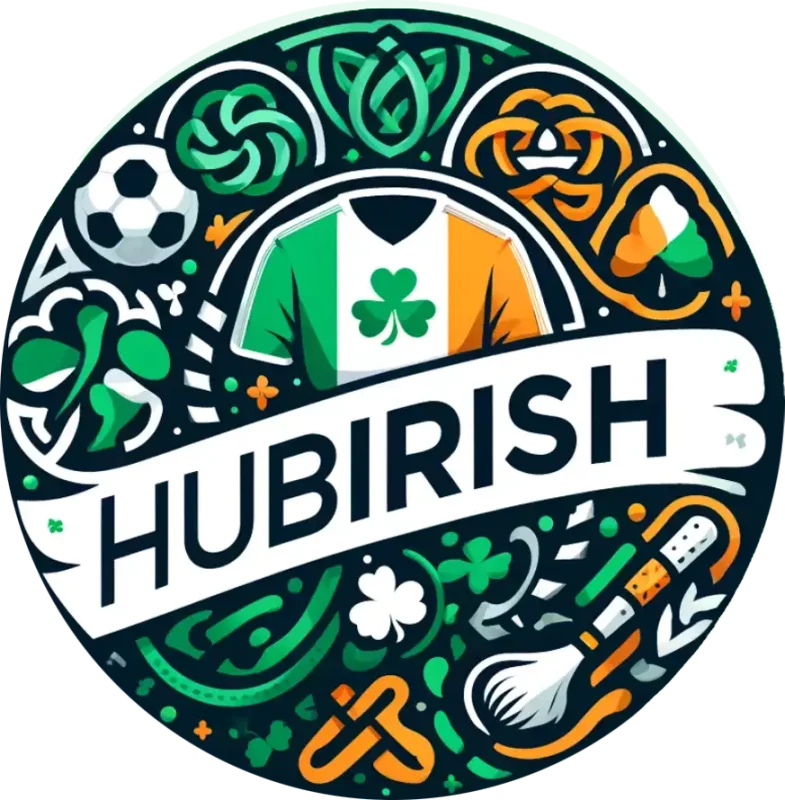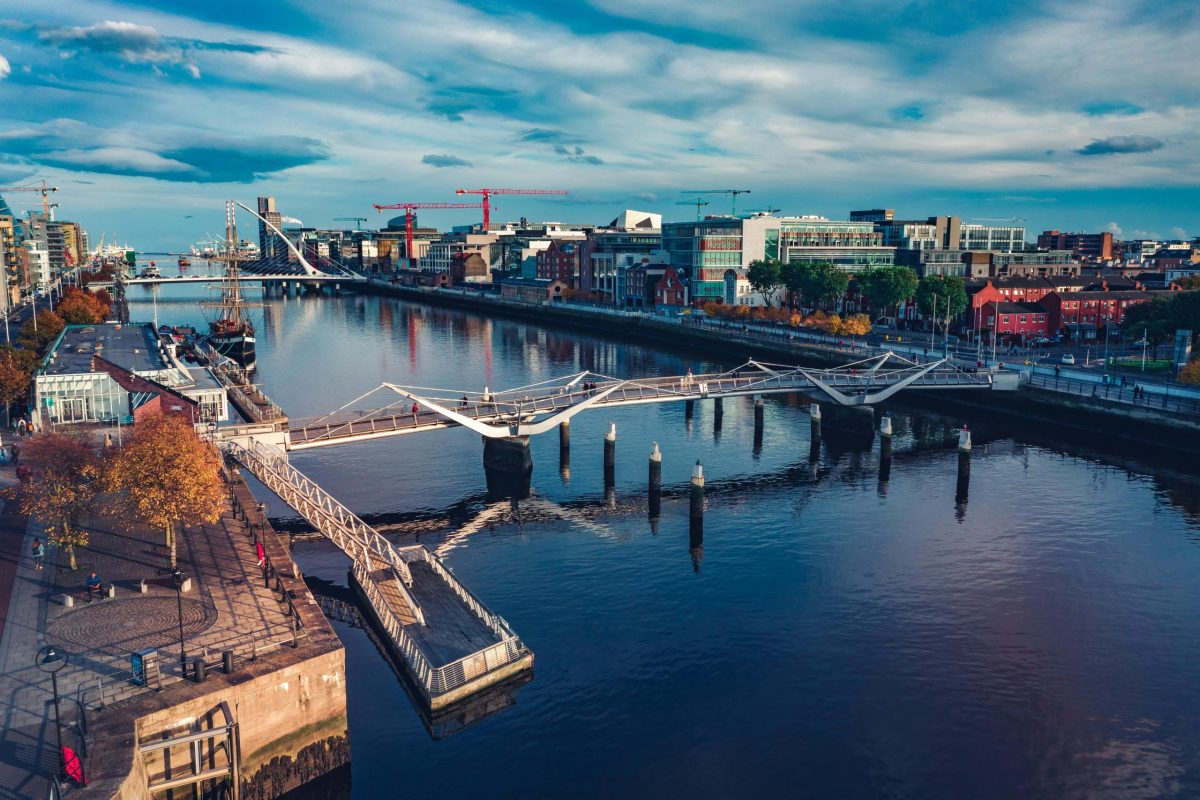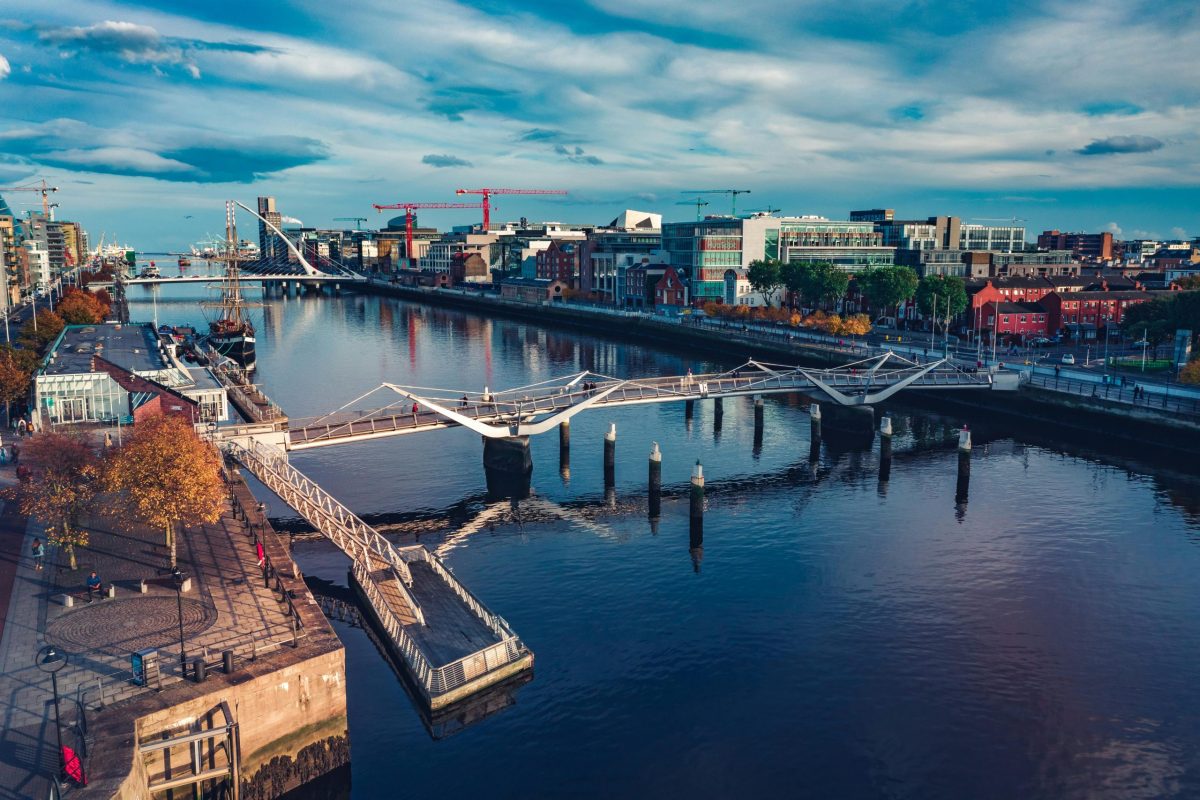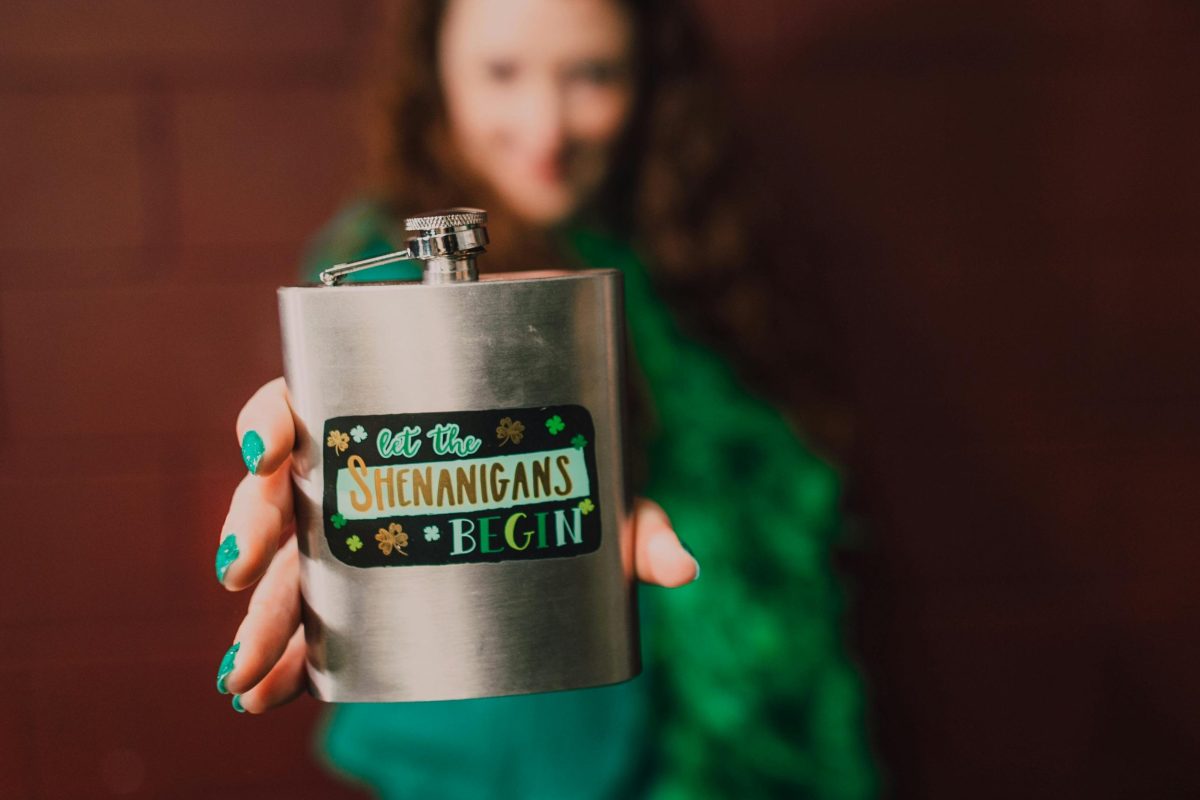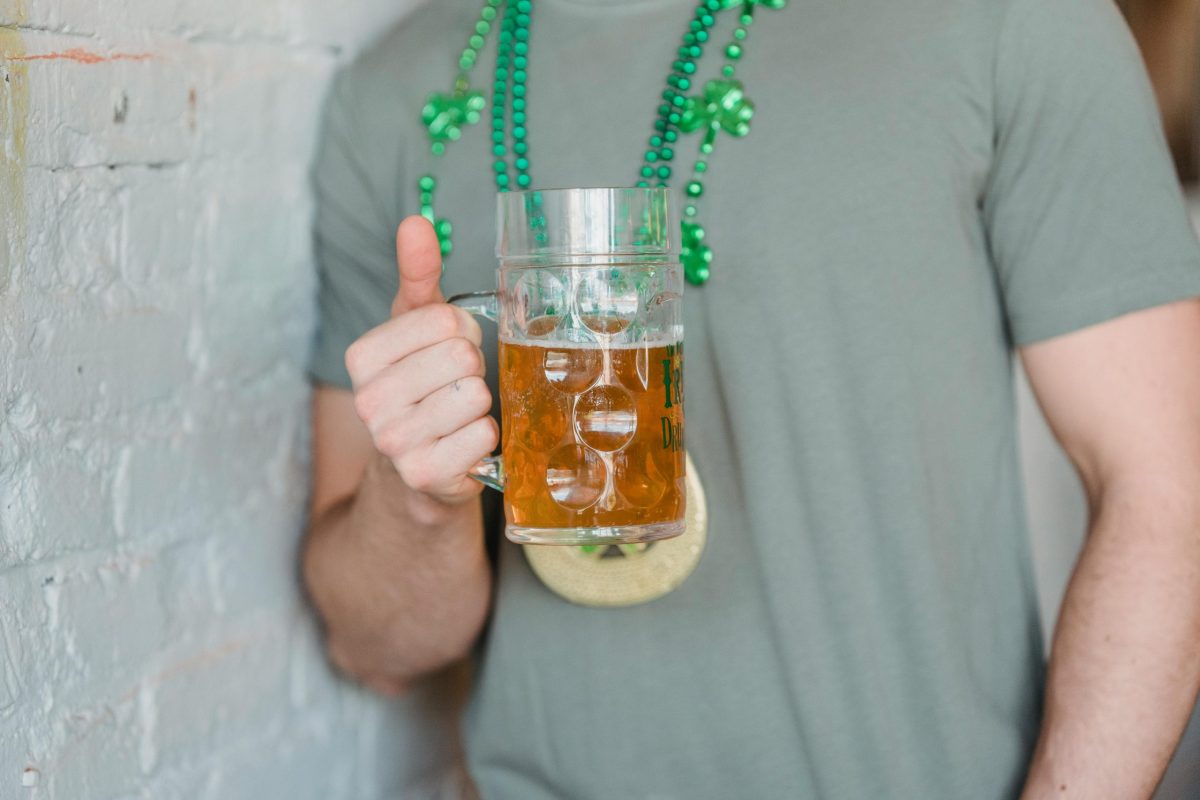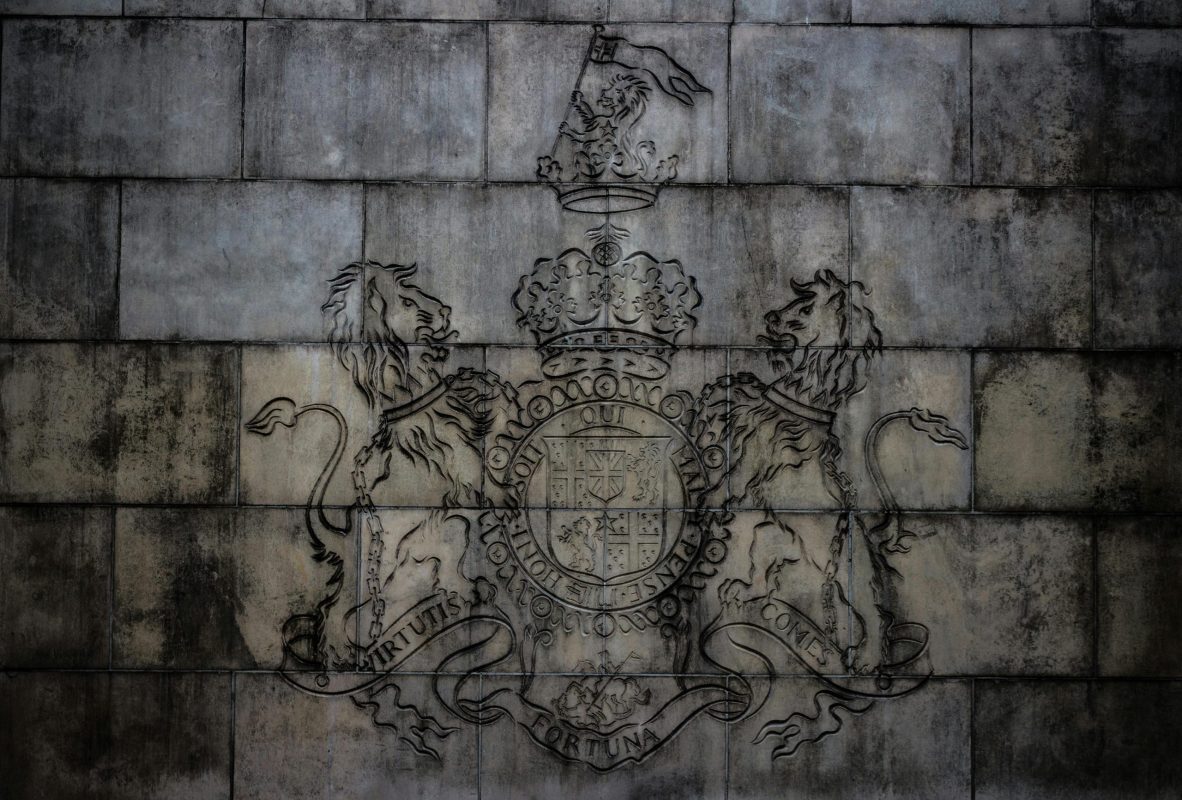From Shillelaghs to Silicon Valley: How Irish Grit Built the Tech Giants of Today
Estimated reading time: 6 minutes
Key Takeaways
- The Irish spirit of resilience has significantly influenced the tech industry.
- Community and family are foundational elements in Irish contributions to technology.
- Historical challenges have fueled the entrepreneurial spirit among the Irish diaspora.
Table of Contents
Introduction
The Heart of the Story
The Wider Echo
The Now & The Next
Did You Know?
FAQs
Final Word
Introduction
Gather ’round, lads and lassies, because there’s a tale to be told. A tale spun not from gold, but from sweat, grit, and the echoes of laughter and love. A tale where the Irish spirit, as tempestuous as a stormy night in Galway, sets sail from the hilltops and fields, all the way to the shimmering valleys of Silicon. Here’s how we took our ancestral shillelaghs, once used to settle disputes or lend a good whack, and transformed that ancient strength into the resilience that built the tech titans of today.
The Heart of the Story
Once upon a time in a little village in Galway, the smell of baked bread wafted through family homes. As the sun dipped beneath the hills, you could hear tales of the Famine—of families torn apart, of hopes shredded like the fields they once plowed. But from that heartbreak, a determination arose—a resolve so fierce that even the stone walls couldn’t hold it back. Our people, blessed with dreams bigger than our modest isle, reached out to the world, filling ships and planes with ambition and fire. Whether in a bar in Boston or a café in Dublin, the Irish way of life infused tech companies with family spirit, resilience, and a sense of belonging.
The Wider Echo
Fast forward to today—every click, every swipe, every coded line echoes not just the tireless work of engineers and coders in Silicon Valley, but a legacy. A legacy steeped in history and pain, in laughter and joy. From the rebellious heart of the Rising in 1916 to the relentless pursuit of equality, we have shown the world that our traditions can intertwine seamlessly with technology. The Irish thrive not just because we work hard, but because we adapt and evolve, creating networks among diaspora that remind us of family gatherings on Sunday evenings, filled with stories, laughter, and the occasional row.
The Now & The Next
Today, as the tech giants grapple with challenges like data privacy, AI ethics, and housing crises back home, the Irish spirit shines brighter than ever. Look at the upcoming generation—young children wearing their GAA jerseys proudly, symbolizing courage, strength, and unity in their small communities. They carry the struggles and stories of their ancestors, envisioning a future cleansed from the shadows of their past. If there’s anything we know well, it’s how to turn an underdog story into a victory. So, as we raise our glasses to the next revolutionaries, let’s not forget that whether in tech startups or family kitchens, the heart of Ireland beats strong.
Did You Know?
- Over 100,000 Irish people work in the tech sector in the U.S., representing the strong bond between our land and the global tech industry.
- Ireland is home to several European headquarters of multinational tech companies, including Google, Facebook, and Twitter.
FAQs
How did the Irish diaspora influence technology?
The Irish have taken their entrepreneurial spirit around the globe, creating many successful tech startups. Their stories resonate with the themes of family and resilience, connecting back to their roots.
What role does culture play in Irish tech?
Our rich history and culture are the backbone of our innovative spirit. From storytelling and music to community and camaraderie, these elements fuel creativity and collaboration in the tech world.
Final Word
So here’s to us—those with roots planted in the emerald soil, reaching skyward to touch the stars. May we never forget the heart that beats in all our stories, the strength born from hardship, and the pride in our heritage. If you carry the same pride we do, you’ll find a piece of home waiting at
HubIrish.com.
